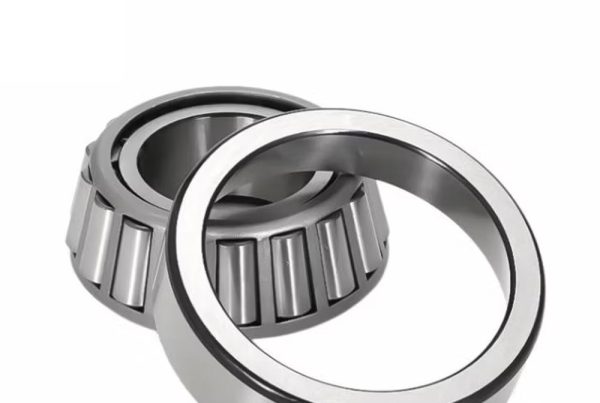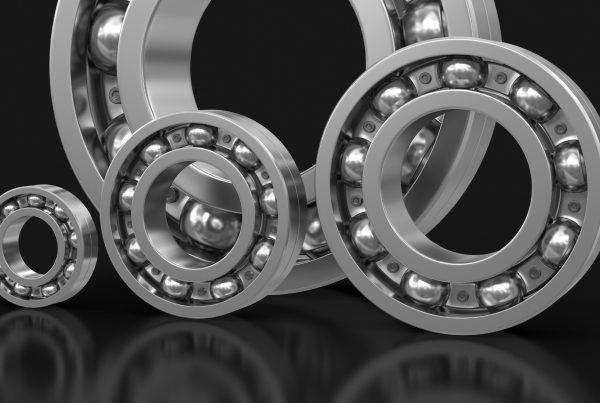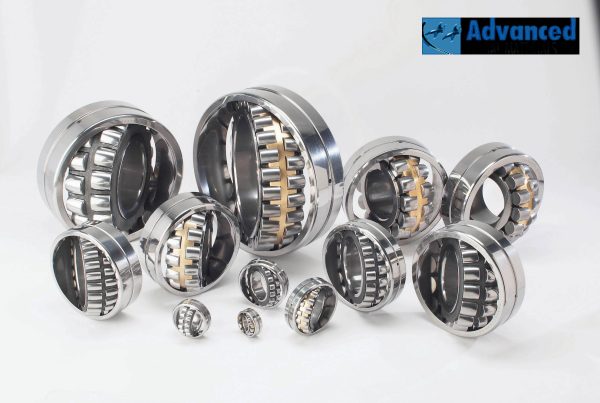Aluminum, known for its frivolous nature and erosion confrontation, finds extensive use across numerous businesses. However, specific requests demand even higher presentation, leading to the growth of particular aluminum alloys known as aerospace and marine grade. This article explores the unique possessions, applications, and advantages of these high-performance materials.
What Makes Aluminum “Aerospace” and “Marine” Grade?
While both groups highlight strength and corrosion confrontation, they are tailored to distinct environments and supplies:
- Aerospace Grade Aluminum: Emphases on achieving the highest conceivable strength-to-weight ratio. These alloys are often heat-treated to maximize forte and exhaustion resistance, crucial for enduring the stresses of flight. Common debasing elements include copper, magnesium, silicon, and zinc.
- Marine Grade Aluminum: Orders exceptional corrosion confrontation in harsh saltwater surroundings. Magnesium is a key debasing element, ornamental resistance to chloride-induced corrosion. These alloys also offer good weldability, essential for ship building and marine constructions.
It’s important to note that some alloys can qualify for both aerospace and marine applications, showcasing a blend of desirable properties.
Key Characteristics of Aerospace Grade Aluminum
- High Strength-to-Weight Ratio: This is supreme in aerospace, where minimalizing weight is crucial for fuel efficiency and presentation. These alloys offer excellent strength without adding excessive weight.
- Fatigue Resistance: Aircraft mechanisms experience repeated stress cycles during flight. Aerospace grade aluminum is produced to withstand these stresses without fast or failing.
- Machinability: While strength is essential, these alloys must also be machinable for manufacturing complex components.
- Weldability (in some alloys): Certain aerospace alloys are weldable, enabling the construction of large constructions.
Key Characteristics of Marine Grade Aluminum
- Excellent Corrosion Resistance: This is the important distinguishing. Marine environments are highly corrosive due to saltwater exposure. These alloys resist pitting, crevice corrosion, and other forms of dilapidation.
- Weldability: Marine structures are often large and complex, needful robust welding properties for construction.
- Strength: While not always as high as some atmosphere alloys, marine grade aluminum still offers passable forte for marine needs.
- Workability: These alloys can be readily shaped and formed, shortening building events.
Common Aerospace Grade Aluminum Alloys
- 2024: Known for its high strength, often used in aircraft fuselage and wing structures.
- 7075: One of the highest-strength aluminum alloys, used in highly stressed structural components.
- 6061: Offers good strength, weldability, and corrosion resistance, used in a variety of aerospace applications.
Common Marine Grade Aluminum Alloys
- 5083: The most widely used marine grade alloy, offering excellent corrosion resistance and weldability.
- 5086: Similar to 5083 but with slightly higher strength.
- 6061: As mentioned earlier, this versatile alloy also finds use in marine applications where good strength and corrosion resistance are needed.
Applications in Aerospace
- Aircraft Fuselage and Wings: Frivolous and high strength are crucial for flight.
- Aircraft Interior Structures: Seat edges, galleys, and other interior mechanisms benefit from aluminum’s light weight.
- Spacecraft Components: Aluminum is used in skyrocket bodies, fuel tanks, and other spacecraft structures.
- Missile Components: High strength and fatigue confrontation are essential for missile presentation.
Applications in Marine
- Ship Hulls and Superstructures: Aluminum’s corrosion resistance and weldability make it ideal for shipbuilding.
- Boats and Yachts: Smaller vessels also benefit from aluminum’s lightweight and corrosion-resistant properties.
- Offshore Platforms: Aluminum is used in structural components and walkways on offshore platforms.
- Marine Equipment: Ladders, gangways, and other marine equipment are often made from aluminum.
Advantages of Using Aerospace and Marine Grade Aluminum
- Weight Reduction: Leading to improved fuel efficiency in both aircraft and vessels.
- Corrosion Resistance: Extending the lifespan of structures and reducing maintenance costs.
- High Strength and Durability: Ensuring structural integrity in demanding environments.
- Recyclability: Aluminum is highly recyclable, making it an environmentally friendly choice.
Conclusion
Aerospace and marine grade aluminum blends play a crucial role in allowing progressions in both flying and maritime businesses. Their unique mixture of possessions, tailored for specific surroundings, ensures optimal presentation, safety, and competence. As technology lasts to evolve, these particular aluminum alloys will remain vital materials for captivating flight and successful the waves.




